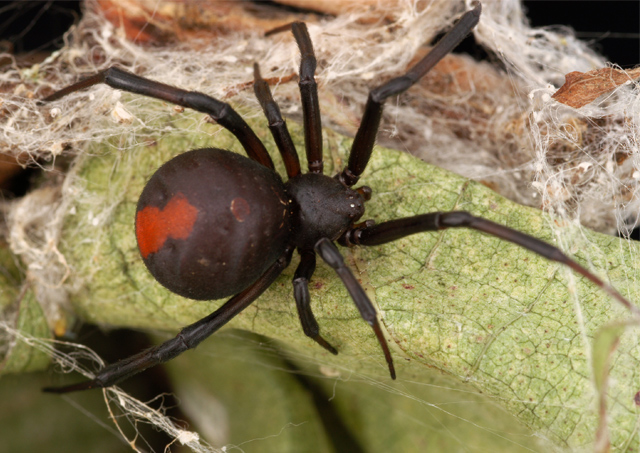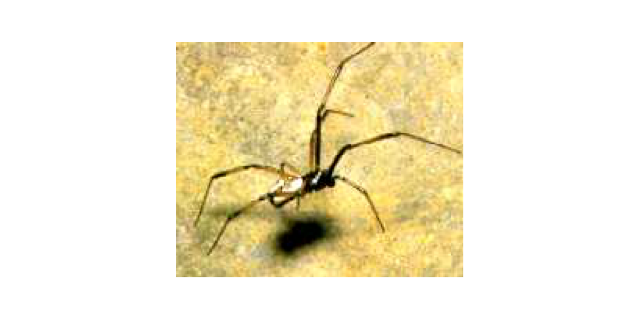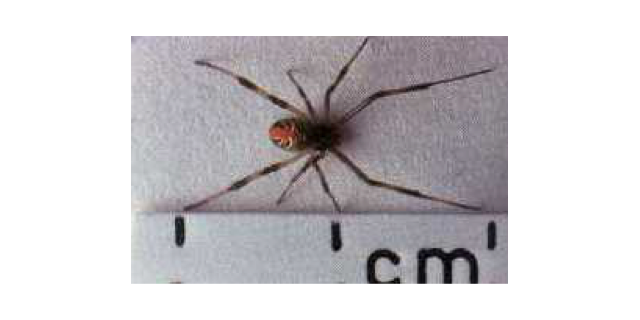Redback Spiders

Redback spiders, also known as jockey spiders, are members of the widely distributed Latrodectus genus, or widow spiders. Other members include the black widow (L. mactans) and brown widow (L. indistinctus) of North America, the thirteen-spotted spider (L. tredecimguttatus) of Europe and the katipo (L. katipo) of New Zealand
About
Redback spiders, also known as jockey spiders, are members of the widely distributed Latrodectus genus, or widow spiders. Other members include the black widow (L. mactans) and brown widow (L. indistinctus) of North America, the thirteen-spotted spider (L. tredecimguttatus) of Europe and the katipo (L. katipo) of New Zealand. The spider is usually easily identified by the presence of a red, orange or brownish stripe on its abdomen. Only the female is considered dangerous, and it is generally a retiring spider, biting only defensively. Bites are typically sustained when the spider is disturbed in the garden or shed, in clothing (especially footwear) or even when it is sat upon. Bites to the limbs comprise approximately 75% of cases. The male is very small, only about 3 mm in diameter, and his fangs are unable to penetrate the skin.

(Photo D. Clyne)
Distribution
Redback spiders are distributed throughout Australia, and have adapted well to an urban environment. They are common in sheds and garages, under houses, in industrial areas and in outside toilets.

(Unknown source)
Venom
The venom acts directly on the nerves, resulting in release and subsequent depletion of neurotransmitters. The exact mechanism(s) by which the toxins produce the observed clinical effects are poorly understood, as is the precise cause of death. No deaths have been reported since 1955, a year before the introduction of redback spider antivenom in Australia.
Signs and symptoms of redback spider envenomation
Signs and symptoms of redback spider envenoming are variable, but progression of the illness is generally slow, and symptoms may persist for weeks after an untreated bite. The time course and the actual symptoms are highly variable. The acute symptoms include:
- Immediate pain at the bite site +/- erythema and swelling .
- Pain progressing to involve the entire limb
- Painful or tender regional lymph nodes.
- Sweating, sometimes affecting only the bitten limb initially, and sometimes over bizarre distributions distal to the bite site
- Nausea, vomiting, abdominal pain
- Headache
- Migratory arthralgia
- Fever
- Restlessness and insomnia
- Hypertension
Unusually, antivenom may be effective even if administered several weeks after the bite.